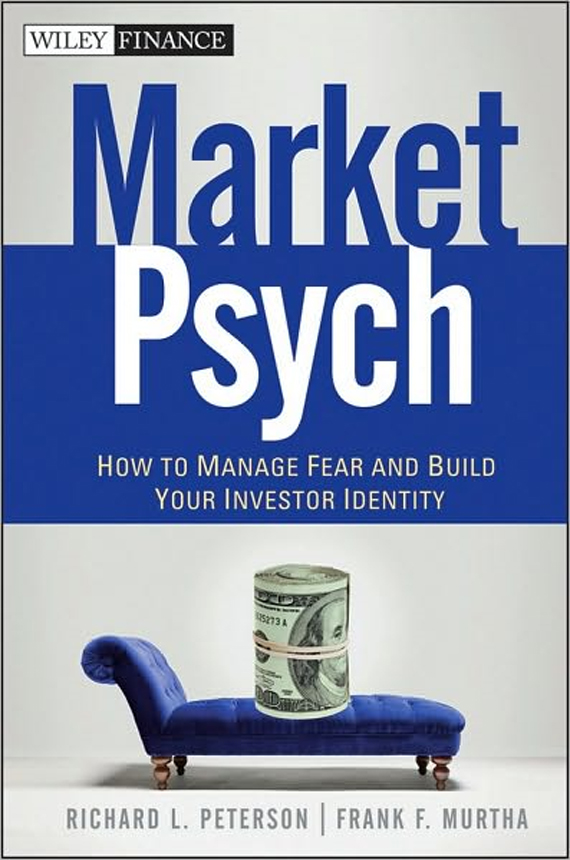Everyone has seen pro basketball players commit fouls early in a game. The coach faces a conundrum. Does he
- Leave the player in the game: he may play to full potential and contribute
- Yank him: scared of fouling out of the game, he may play sub-optimally
This decision making process has always been kind of locker room chatter. Until recently. Earlier this month, 2 researchers from goliath asset manager AllianceBernstein and an academic from NYU Poly addressed solving this issue using financial research in a paper entitled, How much trouble is early foul trouble?
The researchers actually came up with a formula that’s so important, failure to heed it — a single incorrect decision — could decide the game. The research shows that it is optimal to yank starting players on a “Q+1 basis” (when they commit one more foul than the current quarter.
For example
on January 20, 2007, the Cleveland Cavaliers visited the Golden State Warriors. With 4:45 left in the third quarter, Golden State starter Andris Biedrins committed a personal foul. After the free throw to complete the
three point play caused by his foul, the Warriors were leading by two points. This was Biedrins’s fourth foul and he was therefore in “Q+1” foul trouble and should have been yanked, but Don Nelson decided to keep Biedrins in the game for more than four minutes, only substituting him out with 36 seconds left in the quarter.
Was the coach’s decision to leave the foul-laden player in the game correct?
During that time, Biedrins did not pick up another foul. Biedrins re-entered the game with 8:20 left in the fourth quarter and the Warriors up 5. Then at the 5:46 mark, he picked up his fifth foul of the game. Again, Don Nelson again kept Biedrins in the game. Finally, with 1:06 left in the fourth quarter and a tie game, Biedrins fouled out.
Cleveland eventually won the game in overtime. And the researchers question Nelson’s decision to leave his player in the game:
Nelson had two chances to yank Biedrins when he was in foul trouble but chose not to. As we will see, Nelson’s decision was not an aberration for him; that year, he rarely yanked foul troubled starters even though they were in foul trouble more than any other team. But perhaps Nelson’s entire strategic approach was wrong.
Parallels to investing
If early foul trouble means that pro ball players should sit things out for the sake of the team, I think you could draw some parallels to investors running money.
- periodic performance review: like athletes, investors of all sizes can judge performance at any time (returns, to some extent, are the ultimate performance metric)
- high stakes, high stress: everyone in this game is playing f’real
- decision making appears to be serially related: investors behave differently when they’re winning versus when they’re losing. I remember walking into my portfolio manager’s trading floor to interview. I waited patiently while he was on a call — after he hung up, he said, “&*(@!”. I asked what had happened and he said dispassionately that he had lost $6M on a trade. When I asked what he was doing with it, he said simply that he is selling it and moving on.
Clearly some investors — more traders than buy-and-holders — strike certain rhythmic patterns in their investing. You have to behave differently when suffering big losses than you would when up big on a year. The great ones know how to optimize this tradeoff and not simply double-down just to salvage a trade-gone-bad.
Has Harbinger’s Phil Falcone lost his touch? He’s suffered redemptions, poor performance, trader exodus. Amidst all this, he has made a career-impacting decision to invest heavily in a huge bet on a private wireless firm. Is he playing with too-many fouls or is this the master’s equivalent of bench time? History will certainly be the judge.
Source
Maymin, Allan, Maymin, Philip and Shen, Eugene, How Much Trouble is Early Foul Trouble? (January 7, 2011). Available at SSRN: https://ssrn.com/abstract=1736633











